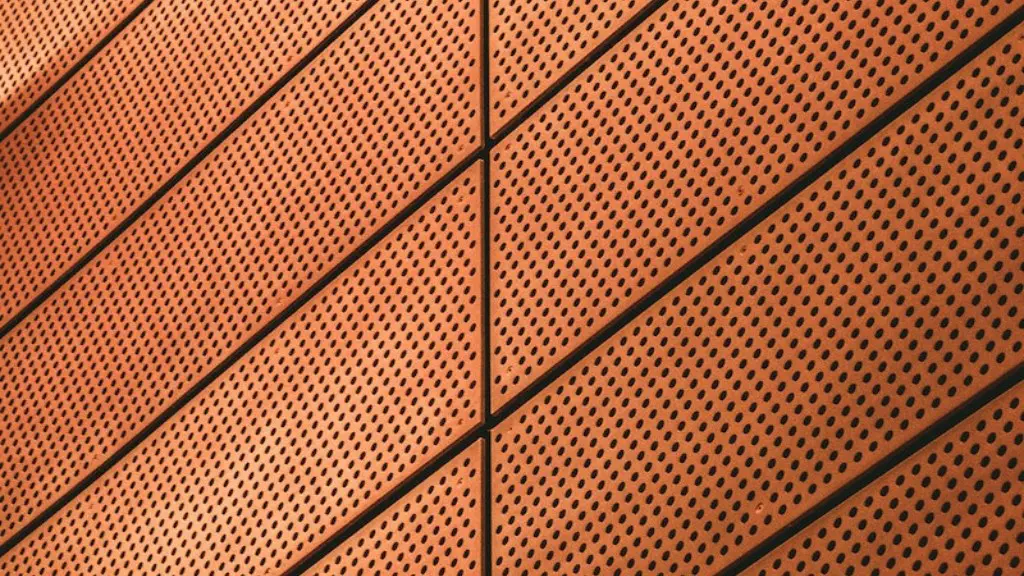In many cities around the world, the sight of homeless people sleeping rough on the streets is a sad but all too familiar one. This is a far-reaching problem, impacting the most vulnerable members of society in a variety of negative ways. Unfortunately, some cities are now attempting to combat this problem by implementing what is called ‘anti-homeless architecture’, which is essentially an attempt to deliberately stop homeless people from being able to settle in public areas. Many experts argue that this is a misguided approach, and is only a short-term solution for a far more complex issue.
Anti-homeless architecture includes anything from spikes on the wall, to metal bars across benches which prevent people from sleeping or sitting on them, to rounded benches which are even worse for comfort than the ones with metal bars. It is intended to dissuade people from sleeping rough as it gives them fewer alternatives in terms of finding a safe and comfortable place to spend the night. Unfortunately, this kind of architecture often serves only to make the lives of homeless people even harder, as they are pushed away from the few resources they do have and further into a cycle of poverty and insecurity.
A well-known example of anti-homeless architecture is the use of metal spikes outside of buildings to deter people from sleeping there. This is arguably a particularly unhelpful form of architecture which adds insult to injury, as it creates an unpleasant environment for people who already face stigma from much of society. Furthermore, it is misguided as it does nothing to address the most root causes of homelessness, such as poverty, lack of affordable housing and a lack of access to mental health care.
It is important to take into account the opinion of the homeless people themselves when discussing anti-homeless architecture. For example, in 2017 homeless people took to the streets of London to protest against the Metropolitan Police’s use of homeless ‘vortex’ watch-lists, which controversially used personal data collected from homeless people to identify them as potential criminals. This demonstrates that anti-homeless architecture often goes beyond simply discouraging rough sleepers, and tries to demonize them rather than helping them. This is a worrying trend.
Experts suggest that instead of using anti-homeless architecture, cities should be focusing on tackling the root causes of homelessness. Homeless people need access to affordable housing, mental health services, substance-abuse treatment and education in order to break the cycle of poverty they find themselves in. These solutions require time, money and effort to be put into, but they are proven to have far greater long-term benefits than simply adding metal bars to benches or spikes to walls.
Creating a sense of community among homeless people can also be helpful in combating homelessness. There are increasing number of homeless support groups popping up in cities, who organise events and offer advice and guidance to homeless people. These organisations, which are often staffed by volunteers, are also working to help homeless people gain access to services such as legal and medical advice, food banks and outreach teams. This community spirit can be a powerful tool for those on the streets, and it is something to be encouraged.
Finally, it is important that homeless people are treated with respect and dignity. This means acknowledging that homeless people have the right to exist, and should not be subjected to hostile and intimidating measures such as anti-homeless architecture in order to try and solve homelessness. Instead, more humane solutions should be sought.
Effects of Anti Homeless Architecture
Some people incorrectly assume that anti-homeless architecture simply gets homeless people to move out of an area, but this is far from the reality. In fact, hostile architecture can potentially have serious negative impacts on the lives of homeless individuals. Research shows that it can often cause serious psychological and physical harm, as well as further marginalizing a vulnerable population which is already at risk.
One major problem with anti-homeless architecture is the sense of stigma and alienation it creates. When a homeless person is faced with hostile architecture, they often feel like they are being deliberately ostracized and targeted. This sense of alienation can often lead to feelings of worthlessness and despair, which can further discourage them from seeking help and support.
Moreover, hostile architecture is often accompanied by a lack of access to basic amenities, such as bathrooms and drinking water. This has serious implications for the physical health of homeless people, as living in such an uncomfortable environment for long periods of time can cause skin problems, exhaustion, dehydration and other conditions. There is also the risk of bodily harm from accidents caused by sleeping in inappropriate places.
It is also important to note that anti-homeless architecture does not actually address the issue of homelessness. It does nothing to tackle the underlying causes of homelessness, such as a lack of affordable housing or lack of access to mental health support. Therefore, it can be argued that it is a short-sighted approach, which does nothing to solve the problem of long-term homeless in a sustainable way.
The Physical Consequences
The physical consequences of anti-homeless architecture can be severe. For example, there have been numerous reports of homeless people attempting to sleep on streets with metal spikes, only to discover that they have sustained injuries because of them. Furthermore, the lack of access to basic amenities such as bathrooms and wash services can cause serious physical harm as these facilities are essential for a healthy life.
Additionally, research has highlighted the connection between anti-homeless architecture and increased exposure to the elements. Homeless people sleeping on the streets in areas with hostile architecture can often be exposed to extreme temperatures, leading to respiratory and skin problems, as well as a range of other health issues.
Furthermore, the lack of cleanliness and access to basic amenities can often lead to the spread of diseases. This has implications for both the homeless individuals, who are already vulnerable, and the wider public, who may be exposed to these diseases.
The Lack of an Alternative
One of the biggest flaws of anti-homeless architecture is that it provides no alternative to sleeping on the streets. Homeless people are often left with no other option but to take refuge in areas which have hostile architecture, due to a lack of affordable housing and a lack of access to the services they need. This forces them into an environment which is unsafe, uncomfortable and often damaging to their health.
This lack of an alternative also disempowers homeless people in terms of taking control of their own lives. Most homeless people want to escape the streets, but are simply unable to due to a lack of affordable housing, educational opportunities and mental health services. Anti-homeless architecture further reduces the options these people have, leaving them feeling helpless and trapped.
Ultimately, anti-homeless architecture sends the wrong message to society. It implies that the most vulnerable members of society can simply be pushed away and forgotten, rather than given the help and support they need to reintegrate into society. This does not tackle the issue of homelessness, and only serves to further stigmatize and marginalize homeless people.
The Impact On Mental Health
It is no secret that homelessness can have serious negative effects on mental health. Studies have found that homeless people are often more prone to anxiety and depression, due to the lack of stability and security that comes with living on the streets.
Unfortunately, anti-homeless architecture only further contributes to these mental health issues. The feeling of being targeted and unwelcome can often lead to feelings of helplessness and worthlessness. Furthermore, the lack of access to basic amenities and the constant need to search for shelter can be extremely taxing psychologically, leading to an increased risk of mental health issues such as depression and anxiety.
This is why it is crucial that cities provide the necessary support to homeless people, rather than simply punishing them. Access to mental health services, educational and job opportunities, and affordable housing are all essential in helping homeless people to take control of their own lives and become self-sufficient.
Conclusion
To conclude, anti-homeless architecture is a misguided approach to dealing with homelessness. Although it might offer a short-term solution, it fails to address the root causes of homelessness, such as poverty and a lack of access to mental health support. Moreover, it often serves to further marginalize and stigmatize homeless people. The use of this kind of architecture should be discouraged in favour of more humane solutions which actually address the issue of homelessness.





